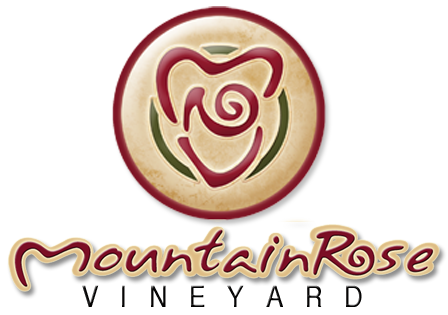There are times when you may want to buy wine for a dinner party or a special occassion, but there are various types and flavors of wine in hundreds of bottles with fancy or colorful labels galour. Perhaps you're even new to drinking wine, so you pick up a bottle not knowing exactly what you're getting. Here are some hints to help you make a better wine selection.
Brand Name: This will be in the largest print on the label and tells you the brand of the wine. The brand name is used to market the wine and may or may not be the producer's name.
Appellation: This is simply the region where tat least 75% of the grapes in the wine where grown.The Commonwealth of Virginia has several appellations and all wines not in a distinct appellation are in the general appellation of Virginia. Wines from certain regions with similar growing conditions may have flavors and aromas that are alike.
Varietal: Varietal wines are made from 75% or more of the grape on the Label. On our label pictured, the grapes are all or mostly all Riesling grapes. If you buy a wine like Pardee, it may be a blend of grapes or it could be a varietal, but you will not know. Other common varietals are Chardonnay or Merlot.
Story and Description:Not all labels provide this information, but those that do will have them on the back label or sides. This information helps you pair your wine with food, may tell you if the wine is dry, semisweet, sweet and often what flavors and aromas the wine has.
Date: Some wines are dated and this information tells you the year the grapes where grown not the date the wine was made. Some years typically make better wines.
% of Alcohol: Wines not marked with a percentage number will say table wine which means the alcohol is in the range of 7 to 14%. Wines with higher percentages of alcohol are typically drier.
